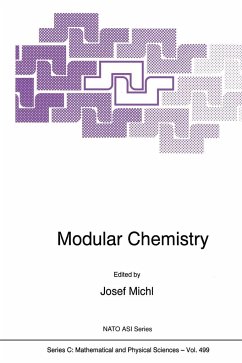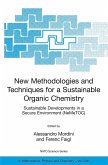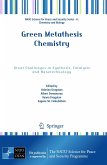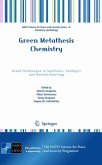Modular chemistry involves the assembly of well defined, relatively large functional structures from repetitive units that themselves are molecules of some complexity. The two most visible sources underlying modular chemistry are supramolecular (`self assembly') chemistry and polymer chemistry, but the appeal of the field is to crystallographers, solid-state chemists and physicists, small-molecule organic synthetic chemists, inorganic coordination or main group chemists, photochemists and physicists, surface chemists, electrochemists, carbon or semiconductor cluster chemists, biochemists, biomimetic chemists, biomineral chemists, materials scientists, microscopists and theoreticians, those working in `molecular electronics', nonlinear optics, and with Langmuir-Blodgett or self-assembly monolayers, or liquid crystals.
The book captures the tantalizing interdisciplinary nature of the subject, with authors who were encouraged to be daring, provocative and speculative. Reviews of previously published material are not given: instead, the newest results are concentrated on. The result is a peer-reviewed, state of the art volume on where modular chemists stand, where they are going, and what they propose to do when they get there.
The book captures the tantalizing interdisciplinary nature of the subject, with authors who were encouraged to be daring, provocative and speculative. Reviews of previously published material are not given: instead, the newest results are concentrated on. The result is a peer-reviewed, state of the art volume on where modular chemists stand, where they are going, and what they propose to do when they get there.








